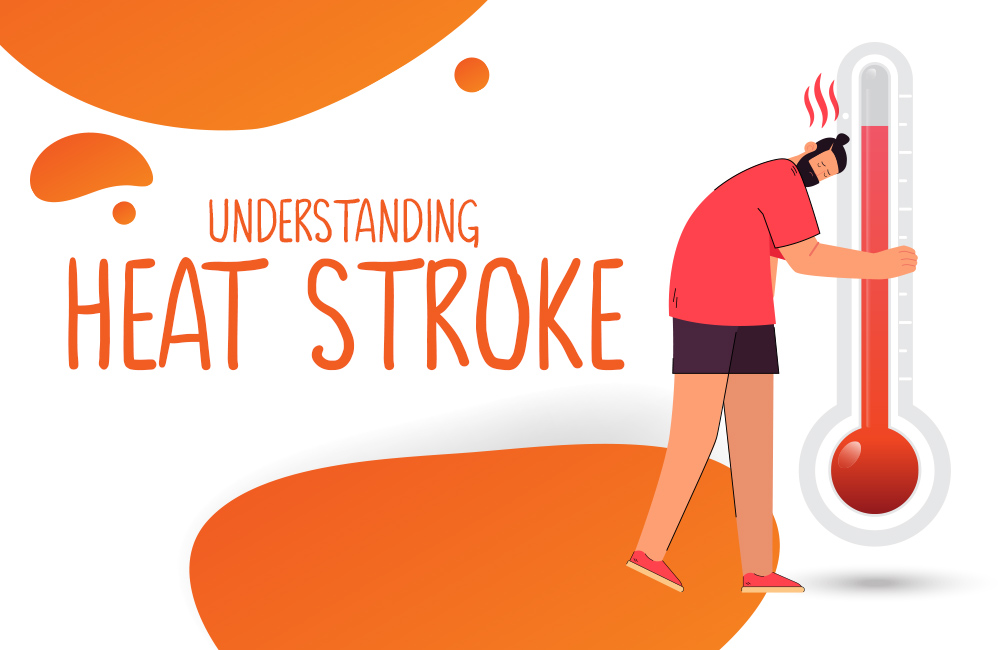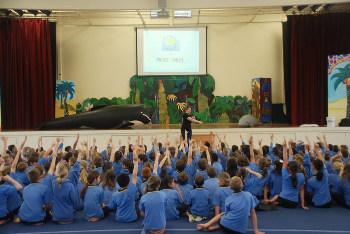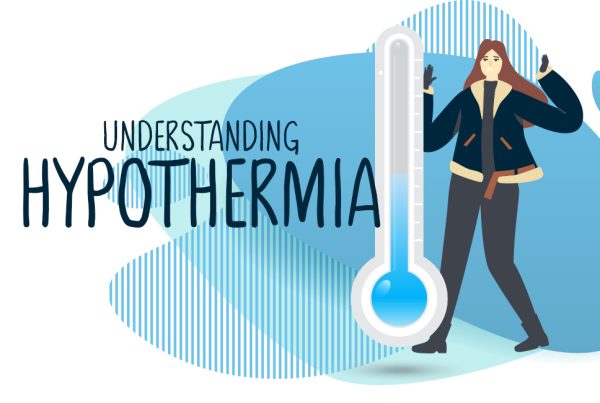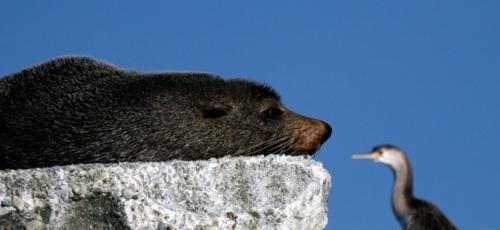
Heatstroke is a potentially life-threatening condition, and the most severe form of heat induced illnesses (Hyperthermia). Heatstroke is an overheating of the body and defined as a body core temperature above 40ºC.
How does heatstroke come into context with Project Jonah?
Given the nature of our work, a lot of the time we are exposed to the sun, heat and humidity. Prolonged exposure to these elements creates significant risk to heat induced illness.
New Zealand has variable and up to 40% higher occurring UV levels than similar areas in the northern hemisphere. During summer, daytime UV levels often reach extreme levels on the UV index and can damage skin within minutes. In order to operate safely and to prevent emergencies in the field, it is paramount to have a good understanding of heat induced illness, its signs and causes.
What is heat stroke?
Heat stroke can affect anybody and is caused when our body loses its ability to thermoregulate and expel heat. Thermoregulation and a normal body core temperature (between 36.5 ºC – 37.5 ºC) are absolute necessities to maintain homeostasis (our body’s’ ability to self-regulate and maintain biological stability), brain function, muscle function, and our vital organs.
There are two different types of heat stroke which differ in underlying mechanism. Exertional heatstroke is a form that is caused by physical overexertion in hot and humid environments. Excessive production of metabolic heat overwhelms physiological heat-loss mechanisms. This type can develop quickly over hours.
None-exertional heatstroke (also called “Classic Heatstroke”) is a form that is primarily caused by being exposed to a hot and humid environment while also having poor heat dissipation e.g. from an underlying health conditions or due to age.
Basic pathophysiology, how does it work?
Heatstroke is a progression from heat exhaustion. When heat accumulation overrides heat dissipation it results in hyperthermia, an increase in body core temperature.
Primarily there is a compensable thermoregulatory phase in which the heat loss exceeds heat gain. Exercise or heat stress causes an increased metabolic rate, which eventually leads to an increased cardiac output (the quantity of blood pumped by the heart at a given time), increased blood flow in the skin, and decreased visceral blood flow (blood vessels supporting our intestines, spleen and liver).
This then transitions into a non-compensable phase, in which the body’s core temperature increases further from a decrease in central venous pressure (decreased ability for blood to be pumped back to the heart). Eventually this will lead to cardiovascular collapse, a systemic inflammatory response, organ failure and death.
Signs & Symptoms
- hot flushed skin or very pale skin
- excessive sweating that continues after stopping exercise (in the early phase)
- dry none-sweating skin (sign of serious illness)
- confusion and/or disorientation (Delirium )
- decreased level of consciousness
- nausea and vomiting
- dizziness
- rapid breathing (Tachypnoea)
- rapid heart rate (Tachycardia)
- weak pulse
- general weakness
- poor muscle control
- seizures
- fainting (Syncope)
- low urine output (Oliguria)
- low or high blood pressure
Risks and Contributing Factors
- lack of knowledge/environmental inexperience
- lack of self-awareness and misjudging personal abilities
- inappropriate sun protection
- dehydration
- malnutrition
- prolonged environmental exposure
- exhaustion (tolerance for cold diminishes when fatigued)
- alcohol and drugs (irrational feeling of temperature, lack of judgement)
- medication (my affect body’s ability to thermoregulate)
- overexertion
How to Prevent Heatstroke
Understanding heat stroke and knowing its warning signs.
Appropriate sun protection.
Wearing light coloured clothing made from good thermoregulatory materials.
Knowing one’s personal abilities.
Frequent hydration and nutrition.
Reduced time of environmental exposure.
Good fitness, well rested.
Looking out for each other in the field to recognize symptoms early.
First Aid
- Call for help early (111)
- Check that the airway is clear and that the person is breathing
- Check for a pulse
- Gently get the person out of the environment and lay the person down in a cool, shaded, and well ventilated place.
- Strip the person from as much clothing as possible
- If the situation allows, immerse the person in a bath of cold water to cool down (preferably 1-7 ºC) for 15min.
- If a cold bath is not available, soak the patient with any available water, apply wet cloth’s or cold packs to the neck, armpits, groin, facial cheeks, palms of hands, and soles of feet.
- Fan the patient continuously
- Give cold water to drink (if fully conscious and able to swallow)
- Continuously monitor the persons airway to ensure it is open and clear.
- Continuously monitor the persons level of consciousness.
The Department of conservation (DOC) won’t let anyone take part in water based rescues without wearing a wetsuit and appropriate environmental protection. This is something we (Project Jonah) uphold and take seriously. Looking out for each other in the field will make all the difference, create a safer working environment and better outcomes for all around.
Blog post written by Andy Frankenschmidt for Project Jonah


